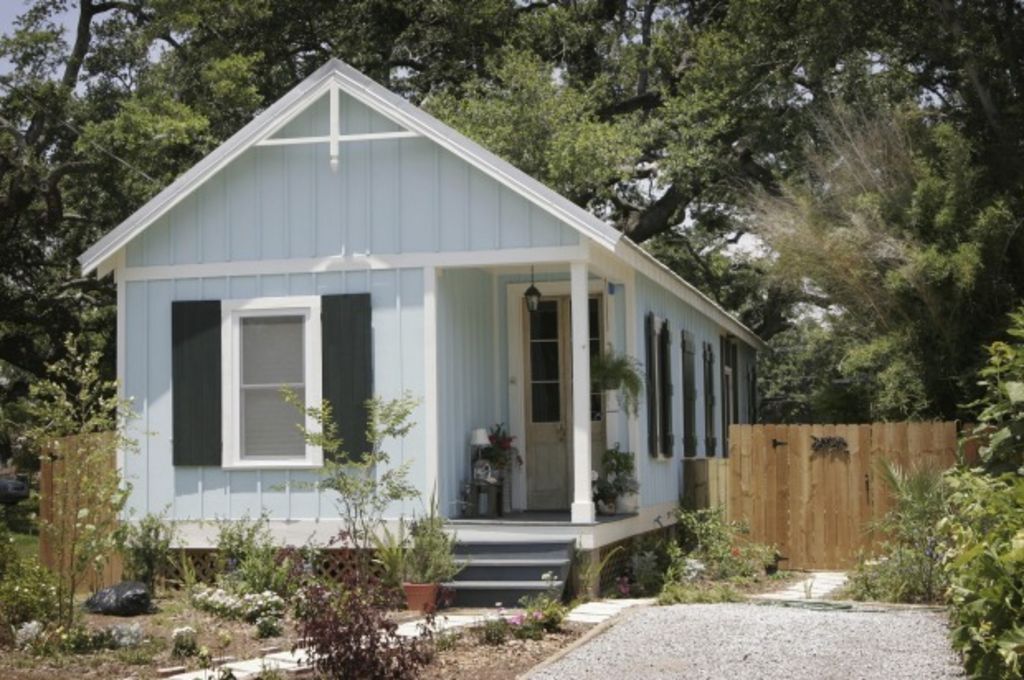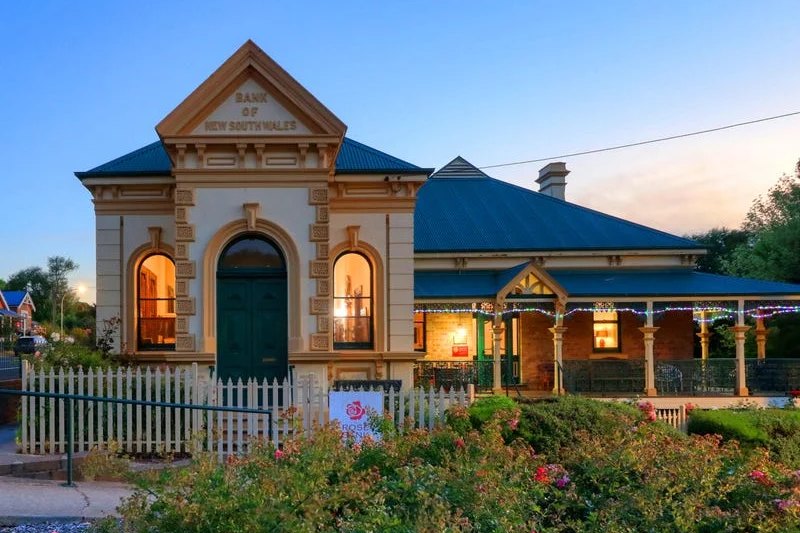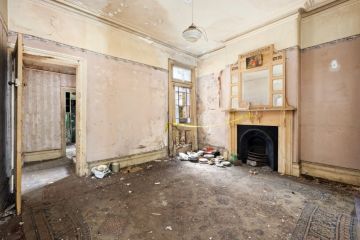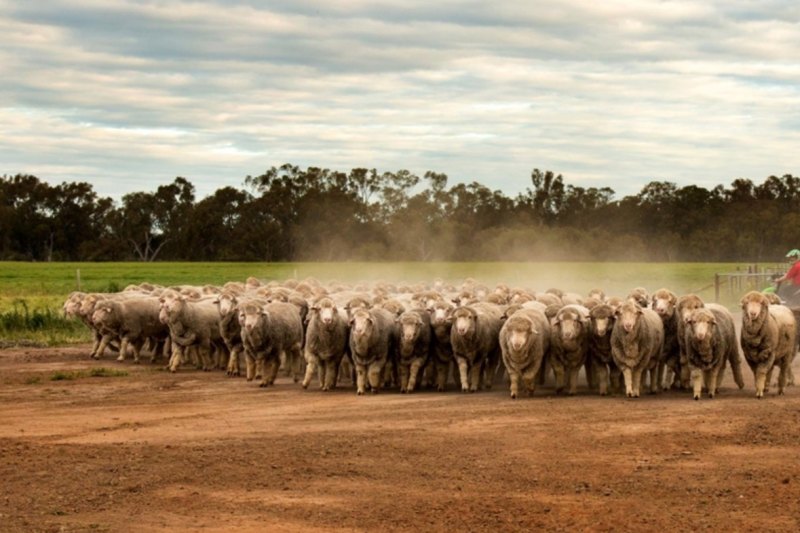The traps hidden in Australia's granny flat boom

Granny flats are springing up across the nation’s suburbs as property owners convert their backyards for more living space, additional income and generous tax deductions, say financial and construction specialists.
But a threefold increase in granny and “Fonzie” flats in the past five years also creates the possibility of backyard eyesores and sales of the family home, which are usually tax-free, attracting capital gains tax, they warn.
“Those thinking that a granny flat will increase the value of their home should think again,” says Paul Nugent, a director of buyers’ advocacy Wakelin Property Advisory. “Any additional value is likely to be negligible.
“Most people would prefer to have their backyard left alone and many granny flats end up as storage rooms for old exercise bicycles and rowing machines.”
Other commentators believe granny flats are here to stay as working couples enlist the support of their parents to help raise their children, middle-aged parents create an autonomous space for teenagers, and empty nesters use them for rental income.
“A well-constructed and attractive granny flat can definitely add value to the overall property,” says Tony Velardi, a builder who specialises in granny-flat construction. “In addition to providing extra space, it creates rental-income options.”
Granny flats cannot be put on a separate ownership title, which means the cost is added to the price of the property. It also means they cannot be sold separately.
Nearly 100 granny flats were being completed each week in Sydney alone, a threefold growth in five years, according to state government statistics.
NSW, which has the highest overall demand for rental accommodation, allows granny flats to be rented. Information about eligibility and restrictions is available online from its planning and environment department.
NSW also allows Fonzie flats to be built over garages in new developments, subject to council approval.
Fonzie flats are named after Arthur “Fonzie” Fonzarelli a character from the American sitcom Happy Days, who lived in a loft.
They can be sold separately to the primary residence.
Granny flats may be rented out in Western Australia, the Northern Territory, Tasmania and ACT, but cannot be offered as rental apartments in Queensland, Victoria and South Australia.
Differing requirements
Requirements for planning permits and approvals also vary between states.
Velardi says a three-bedroom, self-contained apartment will cost about $150,000 and take between three and four months to complete.
Engineers might need to be consulted before building a Fonzie flat to assess the strength of existing beams and posts.
There are cheaper alternatives, such as DIY flat-pack construction kits that can be bought online for less than $10,000 and are delivered in about eight weeks.
Pre-built granny flats from kit home builders usually start about $69,000 for 60 square metres.
This will give you “the most bang for your buck” says Dino Talic, vice-president of hipages.com.au, a website for hiring home improvement professions.
Velardi says you “get what you pay for. Home owners shopping for a granny flat need to ask: “How sturdy are they? Will they pass the test of time.”
They also need to consider the access needed to deliver materials. “Will they be easily delivered and constructed in a conventional backyard, or will a crane be needed to lift them over existing buildings?” he asks.
A granny flat costing around $120,000 to build typically generates an annual rental yield of about 15 per cent, assuming the owner can find a tenant willing to pay the going market rate, says BMT Tax Depreciation, a quantity surveyor that specialises in depreciation schedules for residential and commercial investors. This many not be possible in former mineral boom towns like Perth and Darwin, it warns.
Average depreciation deductions for a granny flat – which includes proportions of utility bills, land rates and borrowing costs – are about $5300 in the first year, rising to a total of more than $23,700 over five years, according to BMT.
Shared areas between the granny flat and owner-occupied property, such as patios, pools and barbecues, can also be deducted depending upon usage, BMT says.
Impact on benefits
Retirees considering renting out granny flats should check with Centrelink about the impact of rental income on their benefits.
For example, if the flat is being rented to a grandmother or another relative for a nominal amount, it would not be regarded as a commercial transaction and neither the income nor the expenses would be taxable or tax-deductible, says Mark Chapman, director of tax communications for H&R Block.
It becomes more complicated if the flat is rented to third parties, or taxable commercial rents are charged, he says.
“Any expenses incurred on running the flat – such as a proportion of utility bills and land rates or borrowing rates arising from the construction of the flat – will be tax deductible. Depending on the precise circumstances, this might generate a taxable profit or it might generate a loss for the taxpayer to claim against other income,” he says.
There’s also a possible risk of incurring capital gains tax on the main residence, which is normally exempt.
Say a house is bought for $300,000 in 2005 and sold 10 years later for twice the price. In 2010, the owners build a granny flat occupying one-sixth of the total area of the property and rent it to a third party.
“This means one-sixth of the gain arising from 2010 to 2015 ($150,000/6=$25,000) will be liable for capital gains tax,” Chapman says.
This example is illustrative and, to avoid too much complexity, excludes deducting the construction costs of the flat.
“The gains would be based on how much space the granny flat takes up,” says Chapman. “You would also need to consider how long the flat has been in existence. If you have owned the property for 10 years but the flat was built only five years ago, you don’t need to worry about CGT on the first five years.
“If granny really does live in the flat and you can demonstrate that the space is an integrated part of the household lifestyle, you may be able to argue that the main residence exemption should cover the granny flat too.”
Options for financing a granny or Fonzie flat range from using an equity release from the main residence, home loan refinancing with a different lender or a construction loan, according to Mortgage Choice spokesperson Jessica Darnbrough.
There are dozens of loan packages available, so it could be useful to seek advice from a broker about the best strategy, lowest rates and easiest terms, she says.
For example, a $90,000, 20-year reverse mortgage loan at 6.6 per cent is likely to cost about $344,000, according to Canstar, a company that provides financial information. This assumes a 15 per cent loan-to-value ratio, upfront fees of about $1000, annualised charges of $112 and a $300 discharge fee.
According to Canstar’s review of the sector, there is a 30-basis point difference between the lowest rate of 6.45 per cent and highest at 6.75 per cent.
Rising property prices, rental increases, an ageing community and attempts to limit urban sprawl are contributing to the rise in the popularity of granny flats, particularly in Melbourne and Sydney, according to property specialists.
But there are also deeper social issues in the mix of causes, says Anne Hollonds, a psychologist and director of the Australian Institute of Family Studies, a government body that researches family well-being and welfare issues.
Hollonds says having grandparents, parents and children in the same household, or newlyweds remaining in the family home until they saved a deposit, was a tradition until recent generations, particularly in the inner suburbs.
The growing trend for both parents to work increases the financial and social value of having grandparents nearby to look after children, particularly after school before parents get back from work.
“For many, it is important not to live in the same house but nearby,” she says.
Granny flats can provide the older generation, particularly those who do not mind less space, with a degree of independence, autonomy and distance.
“Close enough to be together but enough room to be apart,” is how she describes the adult relationship Generation X and Y (born after 1961) are renegotiating with their parents.
We recommend
We thought you might like
States
Capital Cities
Capital Cities - Rentals
Popular Areas
Allhomes
More
- © 2025, CoStar Group Inc.






